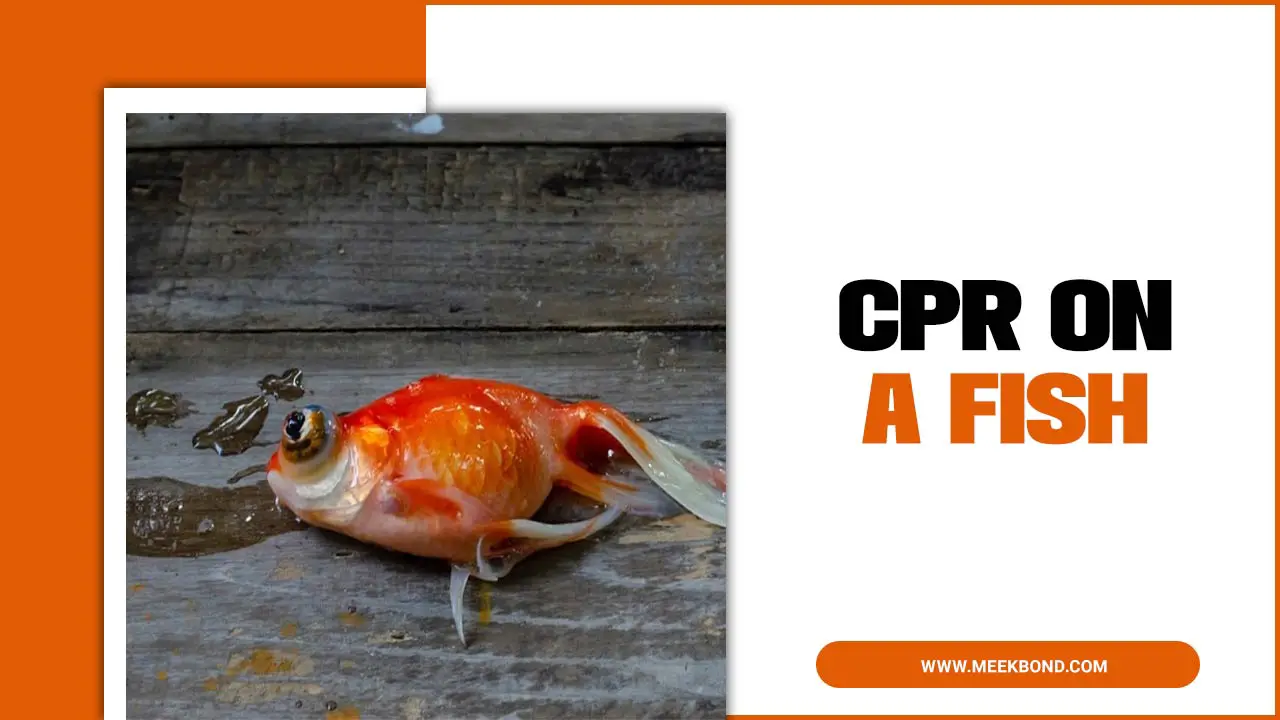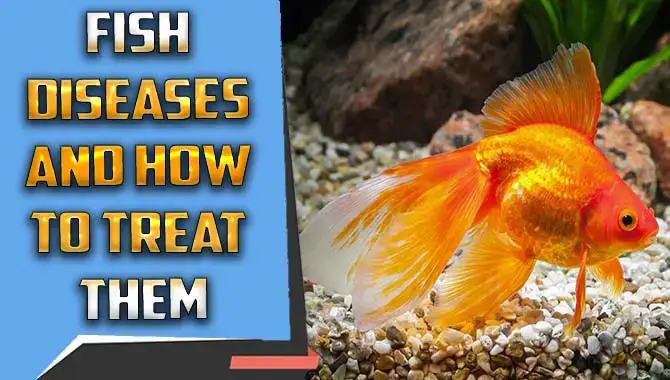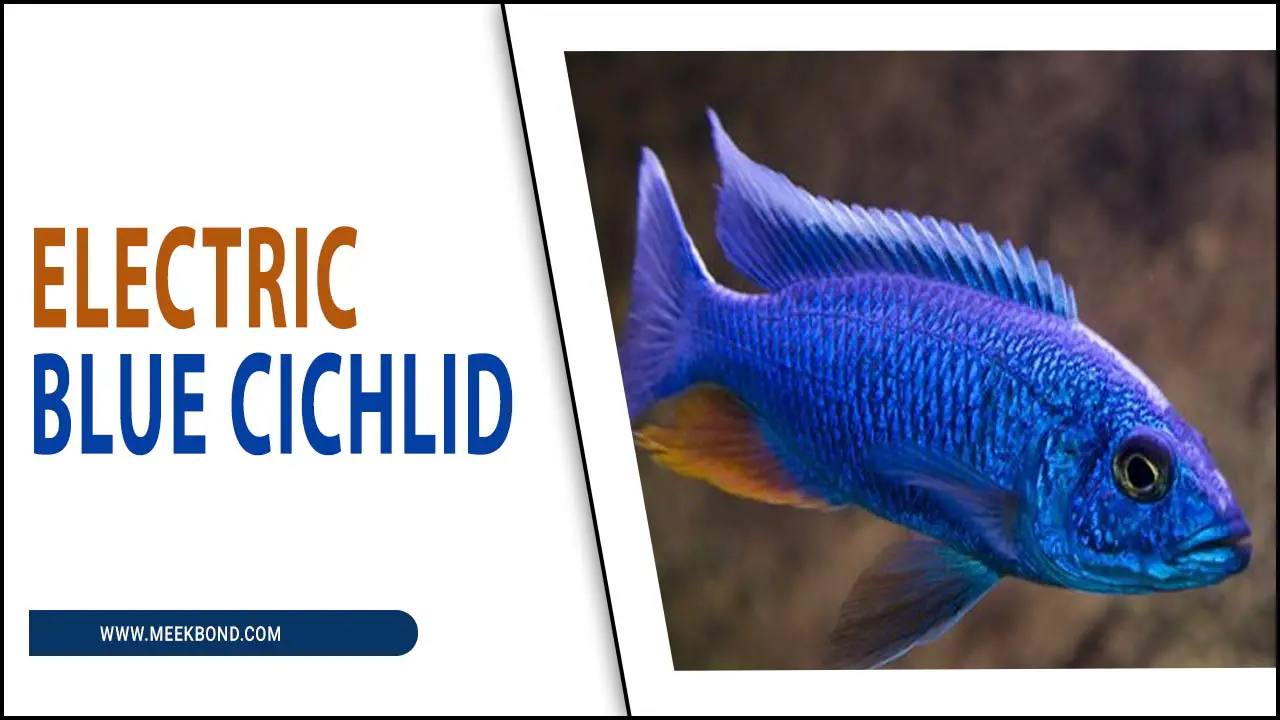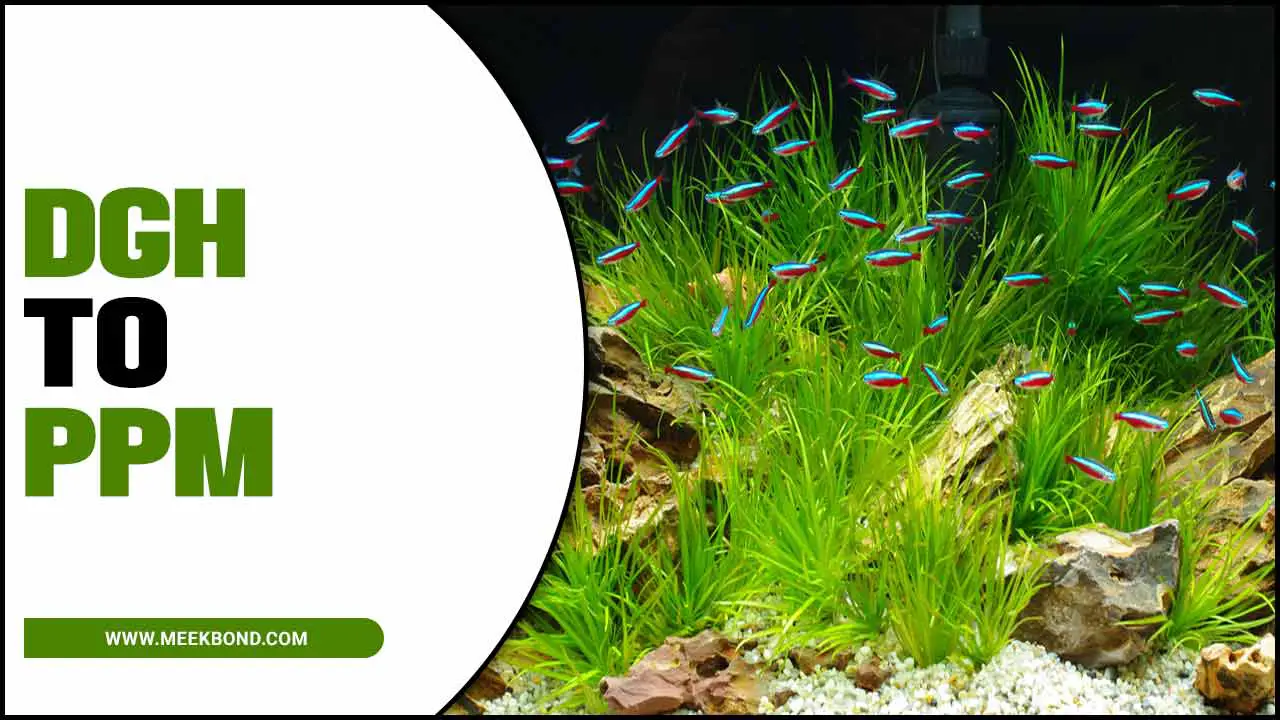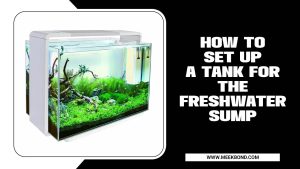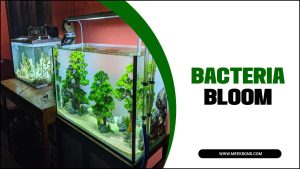Like other bony fish, the freshwater trout has a distinct structure to its skeleton. The trout’s skull contains two distinct regions that control its sense of smell and hearing. These regions are called the olfactory bulb and the vomeronasal organ, respectively. Fish are carnivores and require meaty food to survive.
Luckily, homemade fish food is not difficult to prepare and can be a wholesome addition to your pet’s diet. There are a variety of homemade fish food recipes available online. While most of these recipes are easy to make, they have their limitations as far as the type of fish food you can feed your aquarium fish.
You need an alternative to add a homemade fish food recipe to your aquarium. Introducing no-cook fish food. This DIY fish food recipe is ideal for small aquariums or ponds. It requires minimal ingredients, and the process is simple.
We will tell you everything you need to know about creating your DIY fish food, including which ingredients are suitable and how much food per feeding. We will also share some easy no-cook fish food recipes you can make with little effort.

What Ingredients Are Needed To Make DIY Fish Food?

A DIY fish food recipe typically requires a mixture of meat, vegetables, and gelatin. Popular meat choices include shrimp, cod, salmon, clams, tuna, beef heart, and bloodworms. The recipe often adds peas, spinach, zucchini, carrots, and red-leaf lettuce. Baby food can also substitute vegetables and requires less time to blend.
A high-protein fish food recipe may include salmon, shrimp, peas, carrots, spinach, and garlic. Other ingredients may include vitamins B12 and D3, as well as vitamins A and E. The ingredients in a homemade fish food recipe can vary depending on personal preferences and availability.
It’s important to note that homemade fish food is not an exact science and can vary depending on the ingredients used and the fish species being fed.
Easy Homemade DIY Fish Food Recipes

Making homemade fish food is a cost-effective way to offer your fish easy access to nutritious food. You can make fish food using ingredients such as seafood like shrimp, cod, salmon, clams, or tuna, vegetables like peas, spinach, zucchini, carrots, red leaf lettuce, and vitamins. You can also add nori or a supplement like silicon for extra nutrition.
Another option is baby food. It’s a suitable substitute for vegetables in homemade fish food recipes as it provides the right balance of nutrients. To create healthy homemade fish food, consider using fresh or frozen seafood instead of processed ingredients and avoid feeding your fish too much fishy food or fish oil. Also, ensure that the water your fish swims in is clean and safe to eat.
No-Cook Fish Food

No-cook fish food is an easy way to ensure your pet has the nutrition it needs without requiring you to cook it. You can make fish food using basic ingredients such as spinach, cucumber, shrimp, and gelatin. Adding some water will create a paste that you can freeze in ice cube trays.
Then, you can add seafood such as shrimp or scallops to create homemade fish food. Besides, you can add nori and vitamin supplements such as SELCON to boost the nutritional content of homemade fish food.
To start with homemade fish food, you only need a freezer and a cheese grater. You can also add seafood to create a nutritious meal for your pet. If you are looking for an easy way to ensure your pet has the required nutrition without cooking up a storm in the kitchen, making homemade fish food may be the solution you’re looking for.
Vegetarian Fish Food

Fish are omnivores, so you can feed them vegetarian food such as vegetable broth, small pieces of cooked vegetables, and algae. Adding shrimp, cod, salmon, clams, or tuna to a gel recipe can provide meaty nutrients. Vegetables such as peas, spinach, zucchini, carrots, or red-leaf lettuce are good options for fish food recipes.
Baby food is an easy substitute for vegetables which requires less blending. Aquaponics systems can utilize alternative fish feeds, such as larvae and mussels. By feeding fish a varied diet and ensuring their well-being, it is possible to ensure they stay healthy and vibrant in the aquarium.
Standard Fish Food

Standard fish food is a high-protein food that is popular amongst omnivorous fish. Garlic, vegetables, unsweetened gelatine mix, seafood, and fish vitamins can be created at home. The vegetables must be boiled, steamed, and chopped before combining with other ingredients.
It would be best if you pureed this recipe before transferring it into ice cube trays and freezing. Fish also enjoy meat as additional food, specifically trout, salmon, tuna, and cod. This recipe is a great way to give them all the necessary nutrients to thrive in aquariums.
Meat Fish Food

Homemade fish food recipes can be tailored to suit the species being fed. You can make meaty fish with beef hearts, white fish, shrimp, and vegetables. Carnivorous fish will eat homemade food with white fish, shrimp, vegetables, and gelatin. Live, fresh, or frozen fish food is another option and should be fed in moderation with a fat content of around 20% to 30%.
When feeding homemade fish food, keep in mind to limit the fat content to a minimum to avoid adding lipids that may not benefit the aquarium. Besides meat, you can add other ingredients, such as vitamins or algae, to homemade fish food recipes. These help in providing vital nutrients for aquarium fish.
Protein Fish Food
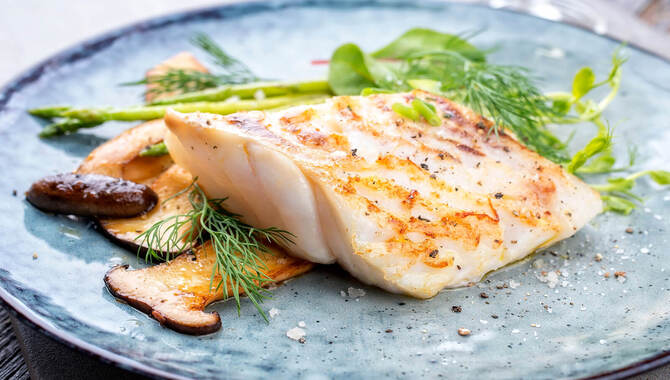
Fish can get protein from cod, salmon, tilapia, trout, and tuna. Additionally, shellfish such as brine shrimp and krill provide high-quality protein. A fish’s diet should be protein-rich to meet its dietary needs. For this reason, ensuring that your fish food contains adequate amounts of protein is important.
Sometimes fish food can be made using salmon, shrimp, gelatine, frozen peas, carrots, spinach, spirulina powder, and garlic. You can also make your fish food by combining various ingredients for a homemade recipe.
This will save you money and ensure the safety of your fish. To ensure that your fish get the proper nutrition and stay healthy in captivity or the aquarium, you must provide them with appropriate fish food. By making your fish food or buying ready-made from a reputable vendor, you can ensure that you feed your fish only the highest quality food possible.
Types Of Fish Food

Fish food is vital to feed your fish and should be varied to encourage a healthy diet. There are various ingredients you can use as fish food, such as shellfish, krill, shrimp, cod, salmon, trout, tuna, and earthworms. Fish protein sources include cod, salmon, tilapia, trout, and tuna. Shellfish is a good source of fish protein and generally comprises small shrimp or shellfish. Krill is another excellent protein source for fish and can be purchased dried or frozen.
Shrimp is also an excellent fish food and can be purchased whole or deveined. Fatty foods can be added to homemade fish food in moderation, with carnivore fish requiring a fat content of 6% or less. You can add buttery oils such as flaxseed or squid oil to your fish food for added nutrition and flavor. Also, add fresh vegetables like peas, green algae powder, seaweed powder, spirulina powder, chopped lettuce greens, kale leaves, etc.
Besides the nutrients provided by the ingredients used in homemade fish food, it also provides the essential fatty acids that help in healthy skin and coat of the fish. The vitamins in homemade fish food help build strong bones and teeth. The advantage of making your fish food is that you can customize the recipe according to your preference and dietary requirements, besides being more cost-effective and eco-friendly than store-bought food supplements for aquariums.
What Foods Are Suitable For Fish?

You can use many foods for fish to eat. Some food items suitable for fish include algae, shrimp, cod, salmon, clams, squid, krill, lettuce, spinach, zucchini, peas, and shellfish with their shells left on. Some other food items you can give to fish are squid rings and whitefish.
These food items contain protein and other essential nutrients. Besides the foods mentioned above, you can also feed fish with worms. Different types of fish require different diets, so it is important to understand what type of food suits your fish’s diet best.
Are There Any Dangers Associated With Making My Fish Food?

Making your fish food is a great way to save money and have more control over the ingredients that go into your fish’s diet. However, there are some potential dangers when making your fish food. First, not all homemade fish foods suit all freshwater or saltwater fish types.
You should thoroughly research any recipes you decide to try out before creating them. Some ingredients may be toxic to certain types of fish, so you must be careful. Lastly, it is important to remember that not all homemade fish food is created equal.
Some homemade products may be less nutritious than commercially available varieties, so it’s always a good idea to read reviews and seek advice from other hobbyists before trying something new. Overall, making your fish food is a great way to save money and have more control over the ingredients that go into your fish’s diet, but make sure you take precautions and use common sense.
What Are Some Potential Benefits Of Making Fish Food?

Creating your fish food can provide many benefits for both you and your fish. First, it provides much more nutrition and variety for your fish. You can choose from various ingredients, including vitamins and minerals, to create the perfect nutrition ratio for your fish. Additionally, making your fish food allows you to tailor it to your needs and preferences for taste and texture.
Maintaining a balance between nutrition and quality is crucial for the overall well-being of any animal, and creating your fish food allows you to do just that. It also allows you to monitor the ingredients used and ensure they are safe and effective for your fish. Finally, creating your fish food can be cost-effective because many materials can be reused or recycled after serving their purpose in the recipe.
Conclusion
If you’re tired of feeding your commercial fish food and want to give them homemade food they will love, start making it today. You can create healthy homemade fish recipes by following some basic recipes.
Besides, the ingredients are mostly organic and natural, which won’t harm your fish or the environment. As you’d have guessed, homemade fish food is easy to make. It just requires a bit of time and effort to make it.
So, go ahead and start feeding your fish homemade food today. While you can make fish food at home, it is always best to consult a vet before feeding your fish homemade food.
We’ve discussed How to create your DIY fish food. If you feed your pet fish homemade food, provide a balanced diet of varied food and water. However, contact an expert if you have any concerns regarding the food you are feeding your pet fish.
Frequently Asked Questions
What Is The Best Homemade Food For Fish?
Some of the best homemade food for fish can include cod, salmon, tilapia, trout, and tuna. These fish enjoy variety when it comes to food, so by adding different protein sources like earthworms, shellfish, and krill to your homemade recipes; you will ensure they get all the nutrients they need.
Earthworms are a good source of nutrients and relatively cheap to include in homemade fish food. This is because earthworms consume plant material, which means that they are bringing nutrients back into the fish’s food supply.
Why Make Your Fish Food?
Making fish food is a great way to customize their diet and provide delicious cuisine. By adapting recipes to suit your fish, you can be sure they get the nutrients and food they need to stay healthy and thriving. Plus, using leftover ingredients from grocery shopping, you can save money on groceries while still feeding your fish well.
Can I Use It For Other Types Of Aquarium Pets As Well?
Yes, you can use homemade fish food for other aquarium pets like turtles, snakes, and goldfish. Adjust the recipe to account for the different types of water your pet lives in, and they will be just as happy eating from your bowl as they would from their tank.
Does DIY Fish Food Work?
Yes, homemade fish food can work very well for fish. By adapting recipes to suit their specific dietary needs, you can be sure they’re getting all the nutrients they need while keeping costs down. Plus, using leftover ingredients from your grocery store saves you money on groceries while still feeding your fish well.
Which Type Of Bacteria Should I Use To Create My Homemade DIY Fish Food Recipe?
Bacteria are a key part of homemade fish food recipes, and there are a variety of different types you can use. Bacillus subtilis is a common type used in aquarium fish food, as it helps to break down krill and other small pieces into smaller nutrients that the fish can easily digest.

Aquarium passion is all about connecting with the aquatic life and providing education to the public on the importance of these creatures. We showcase a wide variety of marine life through our exhibits as well as working with schools to provide unique learning opportunities for students of all ages.

